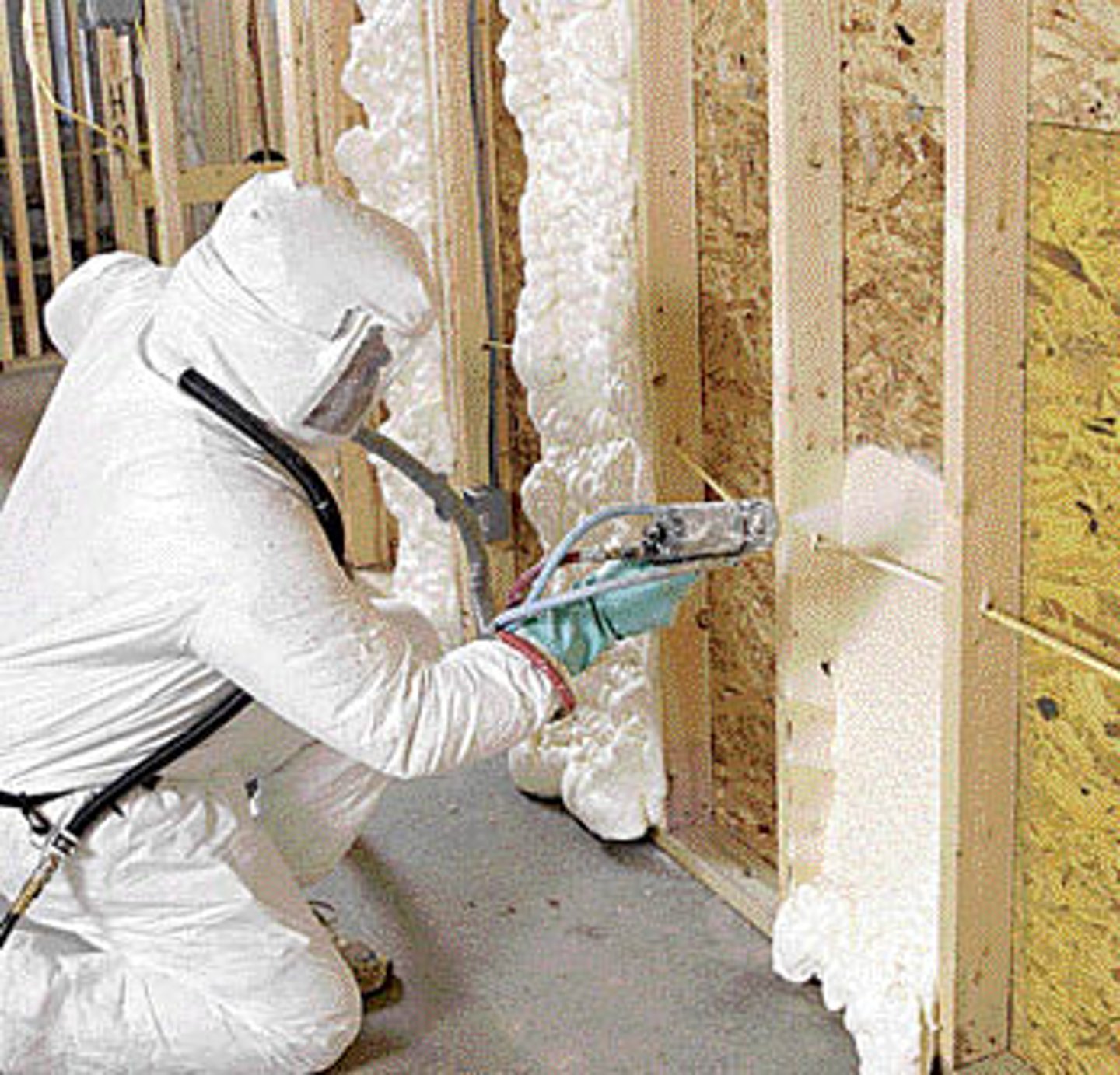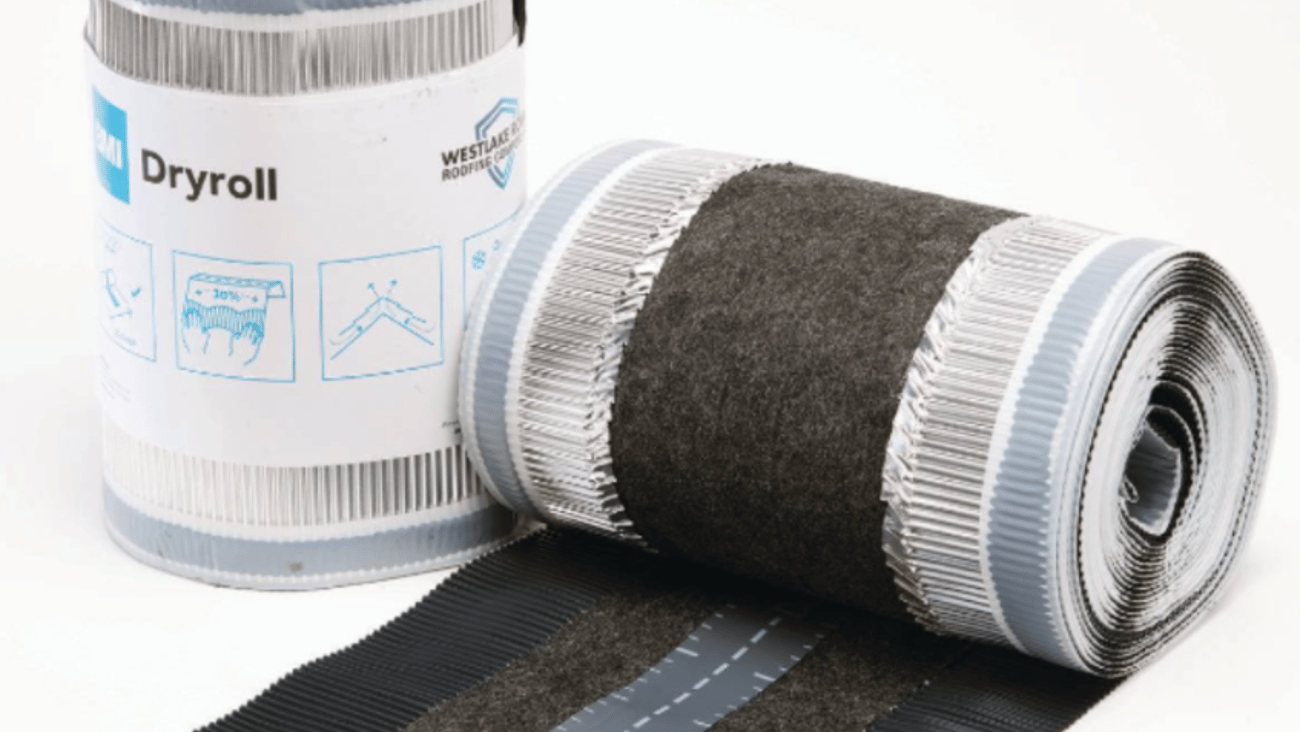EPA puts spray foam insulation under spotlight
A recent Environmental Protection Agency (EPA) announcement about consumer use of spray foam insulation threatens to deflate the growing sales — and availability — of this popular product. In April, the EPA expressed its concerns about certain chemicals found in spray polyurethane foam, which is applied as a liquid and then expands to fill cavities or gaps.
“There has been an increase in recent years in promoting the use of foams and sealants by do-it-yourself, energy-conscious homeowners, and many people may now be unknowingly exposed to risks from these chemicals,” said Steve Owens, assistant administrator for EPA’s Office of Chemical Safety and Pollution Protection, in an April 14 press release. Professionals who use these chemicals are regulated by the Occupational Safety and Health Administration (OSHA), he explained. They must wear the proper protection and abide by set exposure limits. But in the case of consumer use pattern and exposure, “there is very limited information,” he noted.
The list of proposed EPA actions to address these concerns left little doubt about the agency’s resolve: It wants data from manufacturers on any past allegations of adverse effects, unpublished health and safety data from any and all industry sources, exposure-monitoring studies for consumer products, and a possible ban or restriction on consumer products containing “uncured” polyurethanes.
In an interview with the EPA, spokesman Dale Kemery shed more light on the EPA’s concerns and answered a series of questions about what the new study entails. While spray foam insulation may have garnered the most attention, certain concrete sealants, adhesives and floor-finishing chemicals are also under scrutiny because they contain polyurethanes that further react and “cure” when they’re released in the atmosphere. Exposure to these compounds can cause severe skin and breathing allergic responses. These chemicals have also been documented to cause asthma and lung damage, according to the EPA.
Professionals who use spray foam insulation wear full body protection, solvent-resistant gloves and hooded ventilators, as per OSHA regulations. But DIYers have been able to buy spray foam canisters from contractor supply houses or rent the two pressurized tanks, tubing and spray nozzle from insulation distributors. Then they spend the weekend spraying their attics and crawl spaces, often without protective gear.
Besides the pro channel-crossing by DIYers, there is also concern about what consumers can buy in a typical hardware store, the EPA said. “There is a growing availability of products that contained uncured [polyurethane> in retail and home improvement stores, as well as for purchase over the Internet,” Kemery said. “Some advertising claims do not clearly indicate that these products contain hazardous chemicals.”
Is the EPA talking about spray insulation in a can, like Dow’s Great Stuff, DAP’s Kwik Foam, and other products used to seal cracks in windows and doorways? “Yes,” Kemery said.
Most manufacturers contacted for this story either didn’t respond or referred questions to one of the two trade associations that represent spray foam insulation makers. A Dow spokeswoman added: “Dow provides clear safety instructions [regarding polyurethanes> on all SPF products.” CertainTeed, which makes CertaSpray Foam for wall cavities, attics and other large spaces, markets the product to people either building or shopping for a new home. Consumers are encouraged to look for spray insulation as a desirable feature.
While the EPA hasn’t yet laid out a time line for its action plan, it did provide some background on its interaction with industry groups up until the announcement. In 2009, the EPA formed a work group that included representatives of spray foam installers, distributors and manufacturers. The federal work group developed an online training program, but this resource has not solved the problem of self-employed workers setting up shop as spray foam installers.
“We saw this as a growing concern [back in 2009>, when plumbers, carpenters and other [tradesmen> started moving into this industry,” said Kurt Riesenberg, executive director of the Spray Polyurethane Foam Alliance, a trade association working with the EPA work group. “This [process> is not the same as rolling out a bunch of batts.”
According to Riesenberg, most professionals use high-pressure equipment mounted on trailers that they rent from manufacturers or other providers. Requirements may include bonding, insurance and a business license. Homeowners tend to use low-pressure “kit foam,” often purchased online, comprised of small canisters, hoses and a trigger gun that “squirts” out the insulation.
The kit foam comes with hazard warnings and a link to a video. Protection masks can also be purchased. Compared with the high-pressure systems, “the exposure threat is extraordinarily low,” Riesenberg said.
As for spray foams that come in a can, Riesenberg said that the small volume and exposure time for users make these products very low-risk. But that doesn’t exempt them from the review, he said, adding: “When the EPA casts a net, they cast a wide net.” Although the initial EPA announcement said a ban is possible, Riesenberg called that “beyond extremely remote.”
Another trade group with a seat at the table will be the Adhesive and Sealant Council. Mark Collatz, director of government relations for the organization, pointed out that the review process is in its earliest stages. “A lot of what they’re doing is fact finding,” Collatz said. The EPA will want to gather any unpublished data on product testing, and it may require manufacturers to do more health and safety studies. The EPA said this might mean “epidemiological or clinical studies, studies of occupational exposure, in vivo and in vitro toxicological studies and ecotoxicological studies.”
Pryor, Okla.-based Red Devil makes an aerosol can of spray insulation called Foam Fill, and CEO Bill Lee said he isn’t too concerned about the EPA’s review. Red Devil’s main focus is on sealants and caulking, the latter featuring a patented silicone/acrylic hybrid.
“There’s a lot of concern by the government that everything we manufacture is water-based and low VOC,” said Lee, who is firmly behind the effort. “We need to be looking at that, and also the carbon footprint that our manufacturers [make>. I’d like to see the government focus on what is in the technical capabilities of today and set some of [these> mandates for the industry.”




